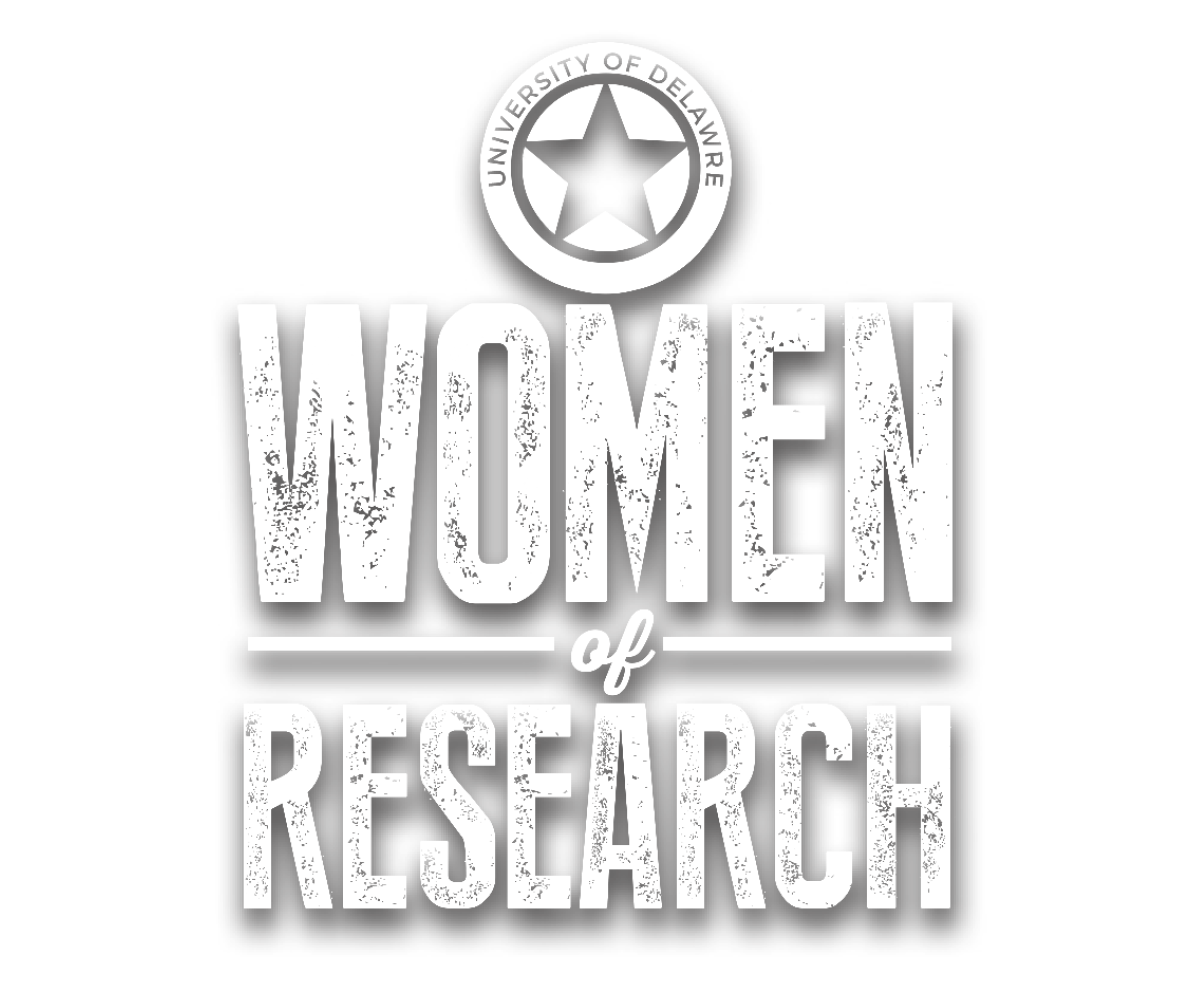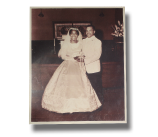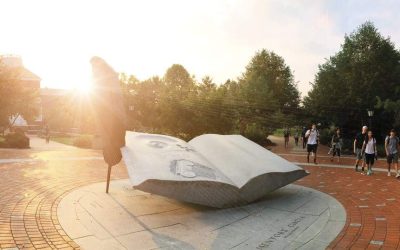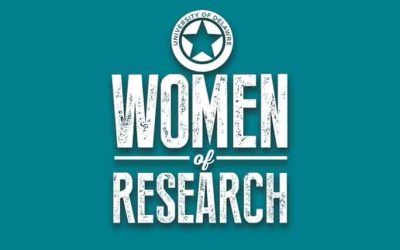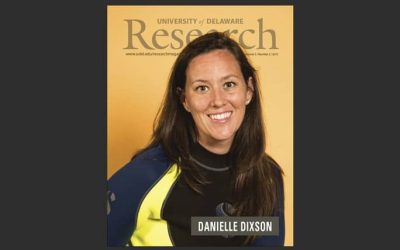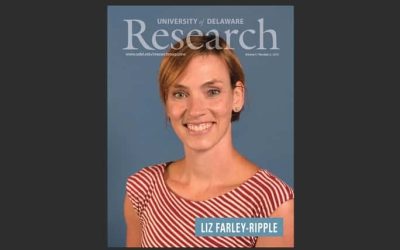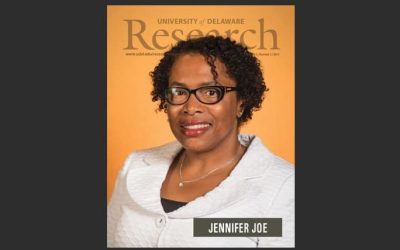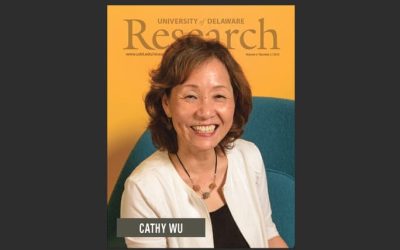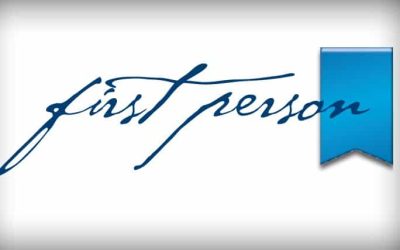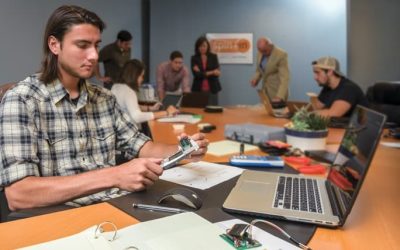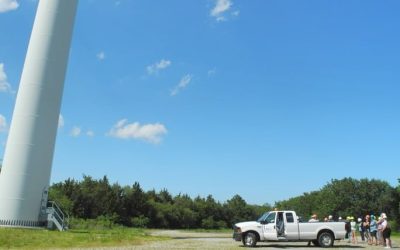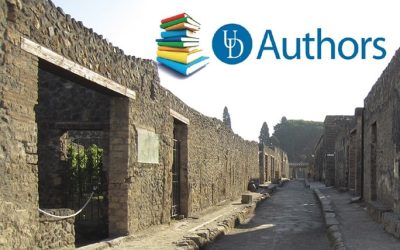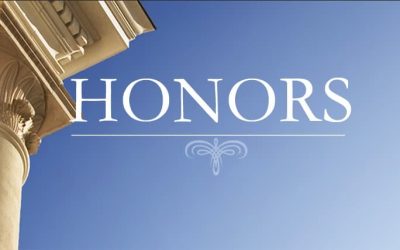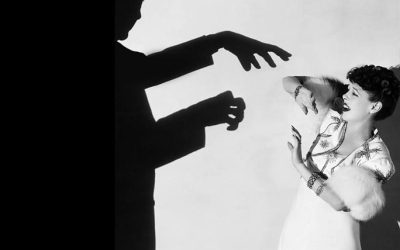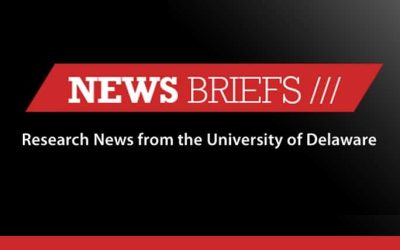
Then a professor mentioned something she hadn’t considered—her potential as a researcher. And Prisby’s life took a fascinating turn toward a Ph.D. and work that may produce great gains for people with vascular disorders or bone trouble.
Now an associate professor in the University’s Department of Kinesiology and Applied Physiology, Prisby studies blood vessels in bones and has produced preliminary data suggesting that aging and disease can close off the vascular system, with the blocked vessels becoming bone-like. It’s not the same as atherosclerosis, the narrowing of blood vessels caused by a build-up of plaque. Those blood vessels still look like blood vessels, she said. The vessels she is studying look like bone—hard, closed off, producing “microvascular dead space.”
That might be a fitting analogy to what happens when the road to research is blocked—not because of ability, but because of gender, race or both. It can suck the lifeblood out of any enterprise.
Prisby has met those who dismiss female researchers and those who dismiss African-American researchers.
“It happens all the time,” she says.
She doesn’t dwell on it, but she knows bias can play out in subtle-but-significant ways.
“You might not be chosen for certain things, not asked to participate—and that prevents you from building your CV, closes you off from networking opportunities and opportunities to present your research. Those things can make a big difference.”
Prisby’s spark for research was ignited by Ellen Glickman, an environmental physiologist who invited her to work in her lab at Kent State University, where Prisby was working toward her (non-thesis) master’s degree. Prisby talked to another professor to see what he thought.
“That was a very discouraging conversation,” she says. “He was just pointing out limitations. ‘You don’t have what this student has.’ It wasn’t—you need to do this to get there. It was just—you don’t have it.”
Ah, but she does, Glickman said.
“She’s a bright, driven human being,” Glickman said. “She’s smart, really a great scientist.” Now in a position to encourage others.
After she led a recent seminar at another university, two African-American females approached her. They were there because they had seen a promotional item with her photo on it—someone like them, standing at the forefront.
“In any environment, there will be people that throw roadblocks in the way and people who will be encouraging,” she says. “These roadblocks only build us up for the next level. They make you stronger. You don’t recognize the lesson while you’re going through it, but after it’s over you can say, ‘This is what I’ve learned.’ And when you experience it in the future, you can say, ‘I know how to handle it now.’”
And go on with your research.
TRUE INSPIRATION
Rhonda Prisby points to Richard and Thelma Prisby—her parents—as the inspiration for her love of solving puzzles and pursuing answers and says a grad school professor ignited her interest in research as a way of life.
Women make up 36% of tenure-track faculty at UD. — UD Facts & Figures 2014-15
MORE STORIES
ADVANCE-ing UD
Seven faculty members are highlighted in this issue of UD Research. Indeed, there are commonalities among them—a steadfast commitment to excellence, unrelenting intellectual curiosity, mentors and role models who inspire, and a disdain for the status quo. I encourage you to read their stories to learn about their inspirations, the challenges they have faced and the scope and quality of their scholarly endeavors.
Women of Research
Extraordinary research is underway at the University of Delaware, and women are all over it. We profile seven researchers who offer insight into their work—from coral reefs to corporations—what hurdles they have cleared and what keeps them moving forward.
Danielle Dixson
A chance encounter with a tour guide at the Shedd Aquarium in Chicago is what sparked Minnesota native Danielle Dixson’s interest in marine biology. “I was 5 years old and the guide gave me a book for asking a clever question about whales,” she says.
Liz Farley-Ripple
Elizabeth Farley-Ripple did not set out to become an education researcher. As an undergraduate at Georgetown University, she started out majoring in Latin American Studies. Then came Professor Bill McDonald’s sociology course focusing on research methods. “I had an aha moment,” says Farley-Ripple. “I realized I could have an impact—and actually apply the ideas I had been reading about.”
Jennifer Joe
Jennifer Joe, the Whitney Family Professor of Accounting in the Alfred Lerner College of Business and Economics, attributes positive experiences with her professors in college as the impetus for her pursuit of an academic career.
Angelia Seyfferth
Having had the chance to conduct research taking water samples on the Chesapeake Bay early in her undergraduate studies, Angelia Seyfferth, assistant professor in the Department of Plant and Soil Sciences, is hoping to pass her enthusiasm for research to young scholars in her lab.
Margaret Stetz
As a scholar with diverse interests from 19th-century British literature to military history and fashion studies, and who shares her work in a variety of academic and community forums, Margaret D. Stetz might be expected to have difficulty summarizing what she does.
Cathy Wu
For Cathy Wu, becoming a bioinformatics expert was kind of accidental. Armed with a Ph.D. in plant pathology and a postdoc in molecular biology, she followed her husband on a job move to Tyler, Texas, in the mid-1980s, but was unable to land a good faculty position there.
Never underestimate the power of good mentoring
A few years ago, a newly hired female faculty member had the following experience: A male colleague responded to her hallway greeting by saying hello and adding, “I hope everyone is making you feel welcome.”
Spin in spins out innovation
The University of Delaware’s “Spin In” program, founded, managed and trademarked by the Office of Economic Innovation and Partnerships, connects University undergraduate students with community entrepreneurs and early-stage startups to give them an inside look at business innovation in action and a chance to apply what they’re learning in real-life situations.
Making it clear
For the past three years, almost 90 educators from around Delaware and Maryland have been working with scientists and environmental experts from the University of Delaware and the University of Maryland. The goal is to develop a richer understanding of climate change and build effective activities and instruction plans to help their students understand the data and find potential solutions.
Solar Strong
The vast majority of the sun’s extraordinary power remains out of reach—absorbed, deflected or otherwise inaccessible to today’s power-hungry masses—but University of Delaware researchers continue their quest to capture more, store more and deploy it more efficiently.
Slaves’ lives emerge from ancient ruins
“Detfri slave of Herennius Sattius” and “Amica slave of Herennius” reads the terra-cotta tile. It was discovered atop the ancient temple in Pietrabbondante, a town tucked into the bare rock and evergreen-covered mountains more than 100 miles east of Rome.
Honors
• Dugan named Truman Scholar
• Overby elected to board of Oak Ridge consortium
• Backbone of the profession
Fearsome Fridays
Tom Fernsler, “Dr. 13,” now retired from the Delaware Center for Teacher Education, knows a lot about Friday the 13th. Do you? Take our quiz and find out!
News Briefs
• Changing the color of light
• What’s it really mean if a CEO is greedy?
• Research All-Stars field new findings




